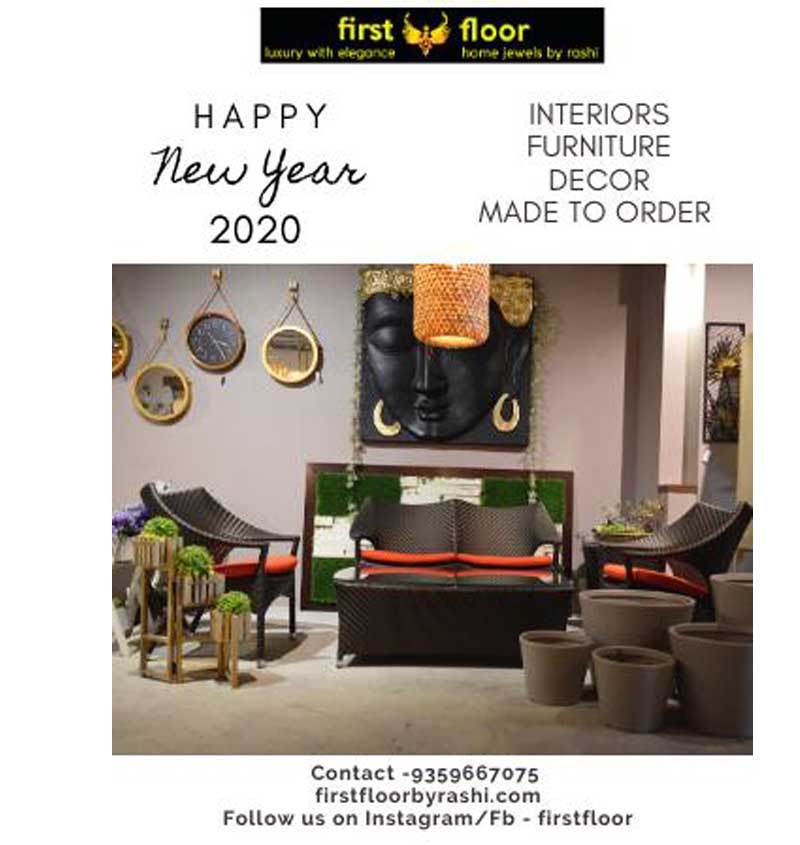Why Global Influence Matters in Design
Designing with global elements does more than beautify a space — it builds connection. It acknowledges heritage, celebrates diversity, and invites curiosity. For those who travel or come from multicultural backgrounds, cultural interiors offer a way to preserve memories, reflect identity, and keep traditions alive in daily life. Even for those without direct ties, incorporating global design can foster appreciation for different ways of living and thinking.
Principles of Blending Cultures in Interior Design
While the idea of mixing global styles is exciting, balance is key. Here are some guiding principles to create a cohesive cultural interior:
1. Start with a Foundation
Choose a neutral or minimal base to allow global pieces to stand out. Clean lines, warm textures, and natural materials create a calm backdrop for vibrant, detailed, or ornate elements from around the world.
2. Tell a Story, Not a Souvenir Shop
Avoid overloading a space with too many items from different cultures, which can feel chaotic or inauthentic. Focus on curating meaningful pieces — a handwoven Turkish kilim, African mudcloth cushions, or a Chinese antique cabinet — and build a story around them.
3. Blend Through Color and Texture
Color palettes can serve as a unifying thread. For example, a warm desert-inspired scheme can tie together Middle Eastern lanterns, Navajo patterns, and Indian textiles. Similarly, mixing natural textures like wood, rattan, leather, and linen helps unify diverse styles.
4. Respect and Understand the Origin
Cultural appreciation is different from appropriation. When incorporating artifacts or traditional designs, take time to understand their history and meaning. Support artisans and communities by sourcing authentic, ethically made pieces.
Design Inspirations from Around the World
Here’s how you can bring global influence into your home without overwhelming it:
Japanese Zen Minimalism
Simple lines, neutral tones, and a focus on light and space. Incorporate tatami mats, low furniture, shoji screens, and bonsai plants for a serene retreat.
Moroccan Vibrancy
Known for its ornate tiles, bold patterns, and jewel-toned colors. Use brass lanterns, intricate woodwork, and layered textiles to create warmth and mystique.
Scandinavian Functionality
Clean, modern, and functional. Light woods, cozy textiles (like sheepskin and wool), and a muted palette work well as a base for layering other cultural styles.
Latin American Energy
Colorful ceramics, woven hammocks, hand-painted tiles, and rustic furniture bring energy and character. Try pairing Mexican Talavera tiles with earthy tones and greenery.
African Earthiness
Mudcloths, carved masks, tribal prints, and natural materials like clay and sisal bring depth and history. Use bold patterns as statement pieces against more subdued elements.
Modern Takes on Cultural Interiors
The modern cultural interior is not about replicating a specific region or style. It’s about personalization — blending global influences that resonate with you into a harmonious whole. For example, pairing a Scandinavian dining table with Balinese chairs, or styling a West African basket with a modern Japanese vase.
Technology and global artisan marketplaces like Etsy, The Citizenry, and Goodee have also made it easier than ever to find authentic, handmade items that support traditional craftsmanship.
Final Thoughts
Cultural interiors go beyond aesthetics — they’re about intention, connection, and authenticity. In a world where mass-produced furniture and cookie-cutter homes are common, global design brings soul back into the spaces we live in.
Whether you're drawing from your own heritage or paying homage to cultures that inspire you, the key is respect, understanding, and thoughtful integration. A well-designed cultural interior doesn’t just look good — it tells a story worth listening to.



















Your Message